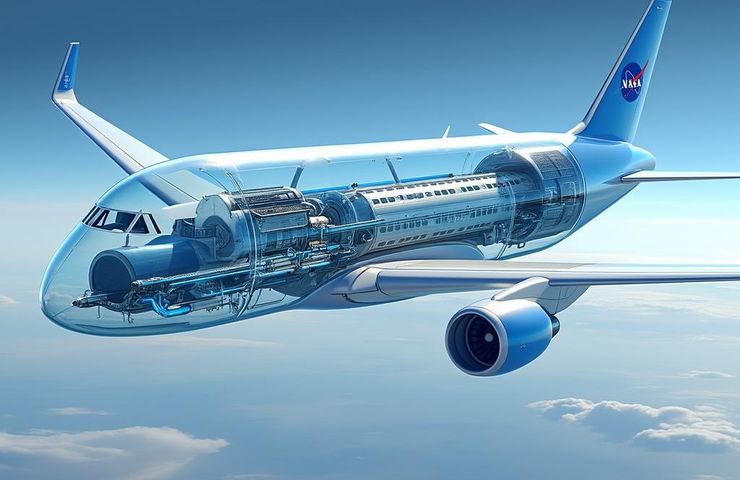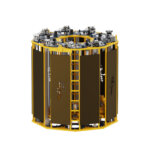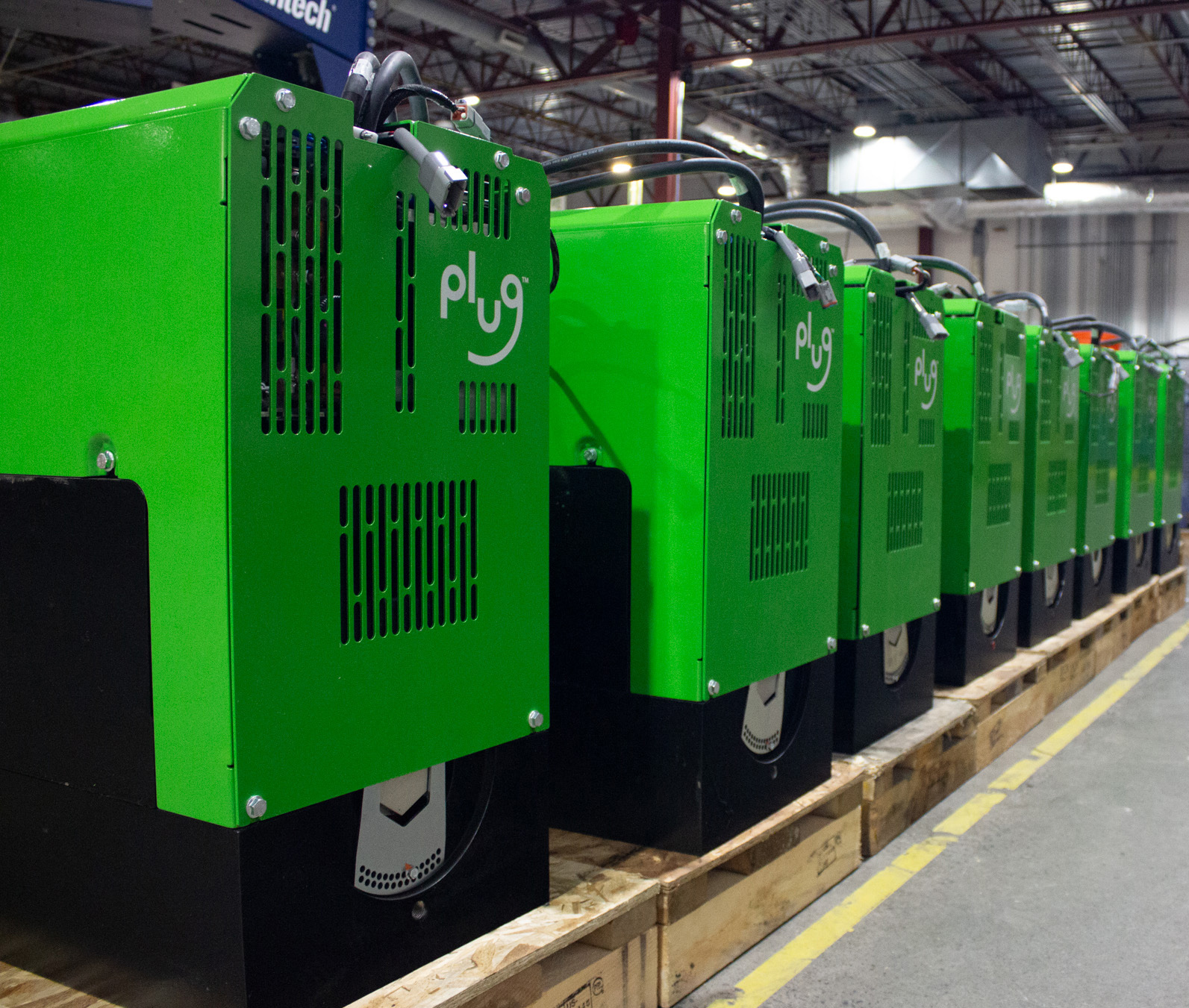Hydrogen Storage Innovation from FAMU-FSU Aims to Power Zero-Emission Aircraft by 2035
As the aviation industry races to cut emissions, a group of engineers at the FAMU-FSU College of Engineering just might…


As the aviation industry races to cut emissions, a group of engineers at the FAMU-FSU College of Engineering just might be changing the game. In late May 2025, led by Professor Wei Guo, the team unveiled a breakthrough in hydrogen storage—a sleek new liquid hydrogen delivery system built with sustainable aviation in mind.
Redefining Hydrogen Flight
This isn’t just a tweak to existing jet fuel systems. It’s a ground-up revamp, purpose-built for the hybrid-electric aircraft of tomorrow—ones that could carry up to 100 passengers without pumping out a single puff of CO₂. Developed at the joint engineering college between Florida A&M University and Florida State University, this innovation stands out by doing double duty: storing hydrogen and managing heat in one smart, integrated package.
Hydrogen has long been one of the most promising bets in the zero-emission technology space—it packs three times the energy per kilo compared to jet fuel and burns without releasing carbon dioxide. The catch? It’s tricky to store and deliver, especially in airplanes where space is tight and every pound matters. Guo’s team cracked that nut by keeping the hydrogen as a super-cold liquid—–253°C—and using that cold to cool down vital onboard electronics. It’s a bold, elegant solution that’s as efficient as it is effective.
One System, Two Jobs
Instead of treating fuel and cooling as separate problems, this system combines them. Liquid hydrogen weaves its way through staged heat exchangers, cooling superconducting generators, cables, and high-output electronics before being warmed up and sent to the fuel cells. That means fewer parts, less bulk, and way more efficiency.
Even better? The hydrogen flows through the system completely pump-free. No clunky mechanical components here. Instead, it’s all pressure regulation—injecting gas to boost pressure or venting to ease it off—automatically adjusted based on sensor feedback and demand from the power system. It’s smart engineering that just works. In simulations, the setup delivers a solid 0.25 kg of hydrogen per second, powering up to 16.2 megawatts—plenty for takeoff or emergency boosts.
A Groundbreaking Efficiency
One of the specs turning heads is the system’s 62% gravimetric efficiency. In plain terms, that means nearly two-thirds of the system’s total weight is usable hydrogen. That’s huge—most systems struggle to top 50% once you factor in tanks, insulation, and all the other gear. This leap forward gives aircraft designers some serious breathing room when it comes to overall weight and energy efficiency.
Backed by NASA, Fueled by Collaboration
This tech is part of NASA’s Integrated Zero Emission Aviation project—a nationwide effort bringing together top minds to reimagine air travel by 2035. Having NASA in the mix adds serious credibility, not to mention the kind of support that turns bold ideas into real-world breakthroughs. The FAMU-FSU team isn’t just riding the wave—they’re helping create it.
From Concept to Concrete
With the design and simulations wrapped up, Professor Guo’s team is now moving into the next big phase: building the hardware. Their sights are set on creating a full-scale prototype at the Center for Advanced Power Systems at FSU. That’s where they’ll test everything—cooling capability, flow rate, efficiency—under real-world conditions, proving the system isn’t just great on paper.
Bigger Than Just Planes
If all goes well in the testing phase, this system could shake up far more than aviation. With its tightly woven hydrogen storage and cooling system, the same blueprint could be adapted for hydrogen-powered trucks, ships, and even large-scale stationary power systems. It’s a roadmap for how hydrogen infrastructure might be built across the clean energy landscape, not just in the sky but everywhere.
Commercial rollout isn’t expected until around 2035, but the foundation is already making waves. Air travel makes up about 2–3% of global CO₂ emissions and isn’t exactly easy to electrify. That’s why pushing the limits with fuel cell technology and integrated systems like this is so critical—and why this particular advance is getting so much attention.
The team at FAMU-FSU didn’t just improve hydrogen storage—they reimagined how hydrogen fits into the entire aircraft. By blending fuel delivery and cooling into one fluid, efficient process, they’ve carved out a path that could turn hydrogen aviation from a dream into a runway-ready reality. This is how sustainable aviation takes flight.
What's Your Reaction?


























































